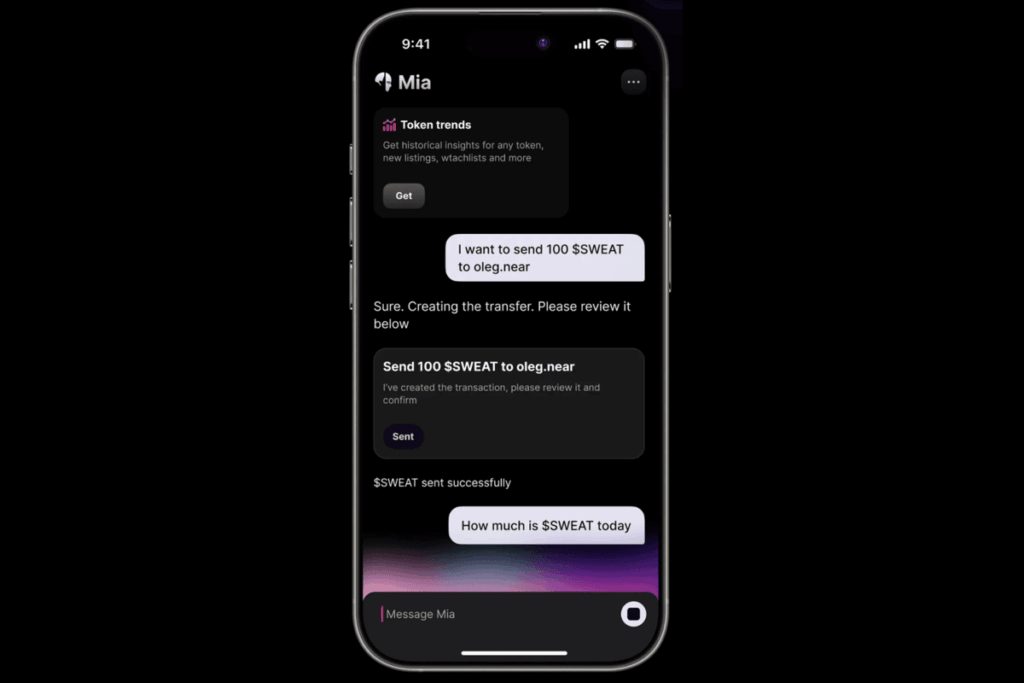- Polkadot is developing a decentralized stablecoin collateralized entirely by its native DOT token
- A treasury proposal to bootstrap liquidity is in progress, pending community approval
- DOT sees a 14.7% weekly gain amid rising trading volume and market activity
Polkadot is preparing to launch its first natively collateralized decentralized stablecoin, according to co-founder Gavin Wood, who revealed the plans during the Web3 Summit 2025 held on July 17.
The stablecoin will be pegged and backed exclusively by DOT, the protocol’s native token, marking a significant step in advancing capital efficiency and scalability within the Polkadot ecosystem. While still in its early stages, the initiative is being positioned as a core piece of Polkadot’s evolving DeFi infrastructure.
We’re working toward a decentralized and scalable stablecoin model that brings full alignment with DOT as the underlying asset, Wood told attendees at the summit.
Newsletter
Get weekly updates on the newest crypto stories, case studies and tips right in your mailbox.
Proposal awaits community approval before deployment
The token has yet to officially launch. A treasury proposal to seed initial liquidity is currently being drafted and will be submitted to Polkadot’s governance forum. Once shared, the proposal must undergo public discussion and ultimately secure a majority vote from DOT token holders before deployment can proceed.
If approved, this would mark the first time a stablecoin backed solely by DOT would receive formal deployment under the network’s decentralized governance model.
The announcement comes amid a surge in market activity around DOT. As of July 17, the token rose by 1.54% in 24 hours, briefly peaking at $4.26 before settling back to $4.19. Over the past week, DOT has jumped 14.7%, reflecting renewed investor interest and momentum behind Polkadot’s broader roadmap.
The protocol’s market capitalization now stands at $6.3 billion, up 0.23%, while daily trading volume surged 30.9% to nearly $500 million, a signal of increasing liquidity that could support the upcoming stablecoin’s launch.
Lessons from Acala’s failed aUSD experiment
Polkadot’s stablecoin plans come nearly three years after the network’s first stablecoin initiative, aUSD, was launched by Ethereum-compatible parachain Acala. At the time, aUSD was pegged to the U.S. dollar and collateralized using DOT and LCDOT (liquid DOT). It was intended to become the primary stablecoin across Polkadot and Kusama.
To accelerate growth, Acala introduced a $250 million aUSD ecosystem fund to support projects building around the stablecoin. However, in September 2022, Acala suffered a major security breach that caused aUSD to depeg by over 99%, severely undermining trust in the protocol’s collateralization model.
The current proposal centered on DOT-only backing and governed by Polkadot’s on-chain community appears to be an attempt to reintroduce a stablecoin to the ecosystem with greater resilience and transparency.










